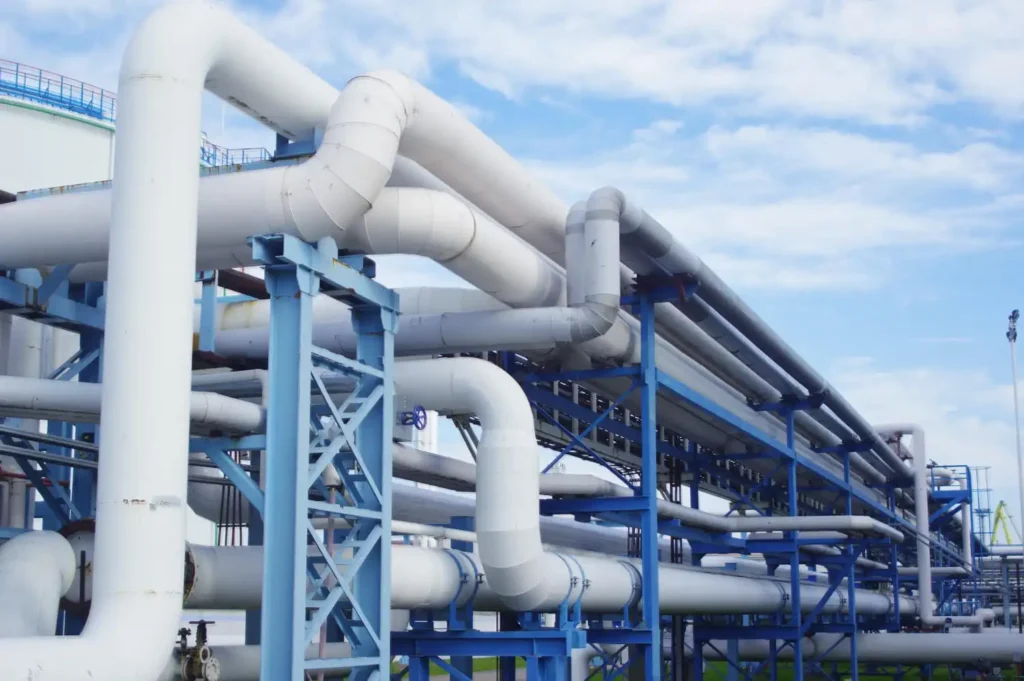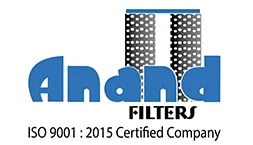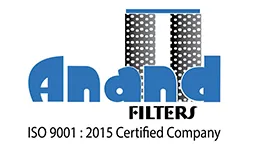
The Future of Industrial Filtration: AI, IoT, and Smart Sensors
Filtration is one of the most fundamental processes used in a myriad of industrial settings, including manufacturing, oil and gas, medicines, and water treatment. The industrial filtration technology is at a technological tipping point, with disruption from the new materials, smarter monitoring, and sustainability.
Innovation improves efficiency, lessens the impact on the environment, and guarantees cleaner, healthier environments in everything from industrial and chemical operations to air and water purification.
Intelligent filtration systems are closely becoming a game-changer with the introduction of AI in industrial filtration and also IoT in industrial filtration. These technologies will influence the future of industrial filtration by enabling real-time monitoring, predictive maintenance, and performance optimization.
Current Limitations in Traditional Filtration Systems
Although extensively applied, traditional industrial filters have drawbacks, including low measurement performance, manual monitoring, and response maintenance. Most systems employ manual checks to identify wear and tear or blockage or by pre-programmed periods. This old practice can result in undue downtime, decreased production, and increased operating costs.
In addition, traditional systems lack the dynamism needed to respond to different operating or environmental requirements. Filter failure cannot be predicted in practice in the absence of real-time information, and tailoring usage patterns also does not leave much room for innovation for industrial filter manufacturers.
How AI is Transforming Filter Monitoring
Artificial intelligence (AI) is positively impacting almost every area of our lives, often without us even realizing it. Even though some people have doubts regarding AI in general and its application in the creative fields, its usage in industrial filtration technology is unquestionably beneficial.
Predictive Maintenance Using Machine Learning
Artificial intelligence can anticipate probable errors by identifying trends in both historical and live data. This helps reduce downtime and optimize maintenance schedules, which in turn makes it possible to replace filters in a safeguarding manner.
Anomaly Detection for Real-Time Problem Solving
A critical filtration application for AI in industrial filtration. AI can automatically detect anomalies such as contamination, loss of pressure, or flow conditions by identifying conditions that are not normal operations. This identification allows operators to take immediate remedial action, thus reducing system downtime.
Data-Driven Decision Making
The capacity of AI to translate enormous amounts of sensor data into valuable insights is among its most revolutionary features. For a thorough, real-time understanding of filter performance, algorithms examine many data points, including pressure differentials, flow rates, and turbidity. It enables operators to spot minute alterations that point to emerging problems. Innovative filtration systems give businesses a competitive edge in cost-effectiveness and operational efficiency by utilizing data analytics.
Role of IoT in Smart Filtration Systems
Smart sensors that continuously monitor industrial filtration quality and system performance are made possible by the Internet of Things (IoT in filtration). When problems occur, these devices notify operators immediately, allowing for preventative maintenance and lowering the possibility of environmental harm.
Sensor-Based Monitoring and Reporting
Monitoring quality parameters in real-time is one of the main advantages of IoT in filtration management. Newer industrial filtration technologies incorporate smart sensors that track essential variables, such as temperature, pressure, flow rate, and contamination levels. These smart sensors provide current data readings to a centralized data collector and remove the need for manual inspection. The benefits of real-time monitoring include filter use, faster recognition of problems, and greater accuracy.
Cloud Connectivity for Remote Management
Data filtering can now be done remotely with cloud systems. Maintenance teams can check filters, receive alarms, and change settings without being on-site. This is an advantage for organizations that are geographically spread and where physical checks are dangerous and impractical—the future of industrial filtration!
Integration with Industrial Control Systems
Industries are increasingly integrating the intelligent filters more into the industrial control systems. Implementing them this way assures filters work as part of a well-integrated, automated manufacturing platform and not in segregation. This seamless dialogue sets the bar higher for industrial filter manufacturers by making overall operations more innovative and responsive.
Smart Sensors: The Heart of Next-Gen Filters
Smart monitoring technologies have completely changed how we oversee and maximize industrial processes in the new era. This technology has advanced significantly in several areas, including industrial filtration press operations.
Smart filter press monitoring with IoT connectivity is an innovative method for increasing productivity, decreasing downtime, and boosting overall performance in filtering processes.
Incorporating Internet of Things technology into filter press operations have created new opportunities for making data-driven decisions, predictive maintenance, with real-time monitoring.
Businesses can now obtain previously unheard-of insights into their filtration processes by utilizing sensors, connectivity, and advanced analytics, which will improve performance and save operating expenses.
Benefits of AI & IoT-Enabled Filtration
The following essential advantages of combining AI and IoT in industrial filtration are revolutionizing the way industries function:
At the forefront of contemporary process instrumentation are the sensors. They offer improved precision, self-calibration, and real-time data, which results in more effective operations. Smart sensors generate precision and accuracy for parameter monitoring by providing innovative filtration systems.
The Internet of Things (IoT) makes real-time data collection and instrumentation connectivity possible, resulting in smarter infrastructure and more responsive, flexible systems.
Reducing energy use, unscheduled maintenance and physical labor significantly decreases operational expenses.
Scaling and customizing innovative systems for various industrial applications gets simpler.
Challenges and Future Outlook
The implementation of innovative filtration systems faces many challenges despite promising technology: Higher Initial Expenses: AI and IoT technology is highly costly initially, especially for small—and medium-sized companies.
Data Security: Data security is a big concern since the system gets increasingly networked.
Integration Complications: Sensitive planning and resources are needed to integrate the smart tech with existing infrastructure.
Trained Workforce: New skill sets and training are needed to use and maintain the AI and IoT-enabled technologies in the company.
Conclusion
The convergence of IoT and AI in industrial filtration has reached a pivotal point in the overall evolution of industrial filtration technology. Smart filtration technologies introduce the intelligence, efficiency and responsiveness that cannot be matched against conventional systems with their limitations.
By leveraging smart filtering, industries will be able to increase performance, decrease costs, and enhance and enable more sustainable and compliant operations. Industrial filter manufacturers that adopt this technology will lead the future of industrial filtration.
Stay ahead in smart filtration—partner with Anand Filters and embrace the future of intelligent performance.

